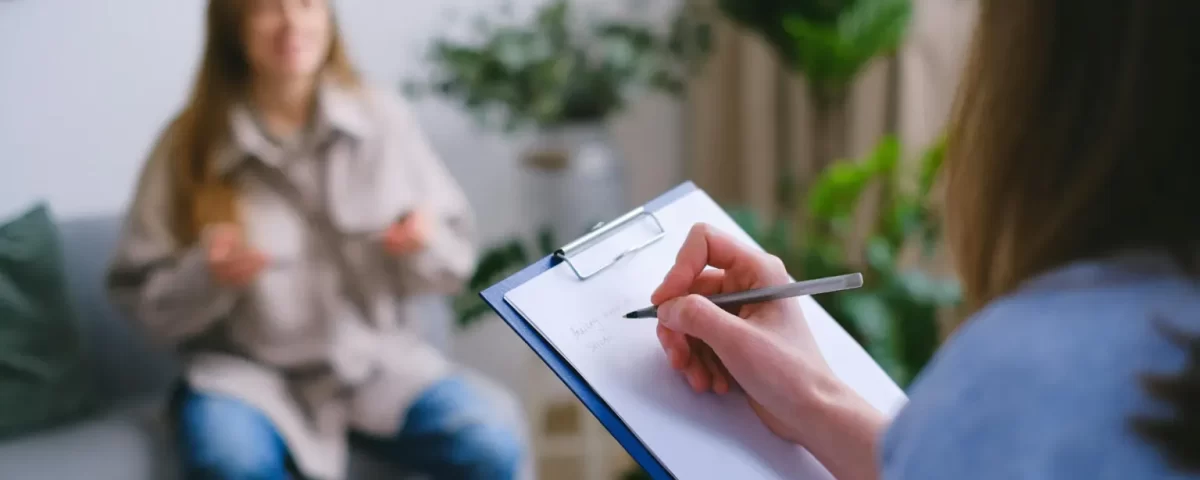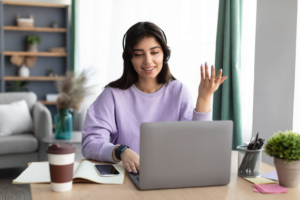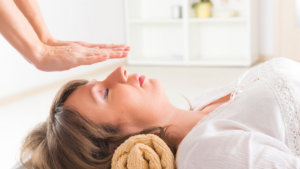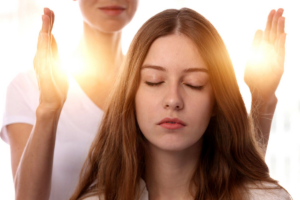
Top 5 Reasons Hypnotherapy for Weight Loss Works Better Than Diets
October 2, 2024
Why More People Are Turning to Holistic Psychotherapy for Healing
October 14, 2024
Revealing The 7 Best Microdosing Therapy Practices For Students
Microdosing therapy is becoming popular among students looking for ways to boost their focus, creativity, and mental clarity. This method involves taking tiny amounts of certain substances to help the brain function better without feeling “high” or out of control. In this blog, we will look at seven of the best microdosing therapy practices that can help students succeed.
1. Start Small and Slow
Initially, it’s important to start with a very small dose. Microdosing therapy is not about feeling any extreme changes. The goal is to gently improve your mood, focus, and energy. By starting with a small amount, you can observe how your body reacts.
Moreover, taking it slow allows you to find the right dose that works for you. Everyone is different, so what works for one student may not work the same for another.
2. Keep a Journal
Keeping a journal is another helpful practice. Writing down how you feel after each microdosing therapy session can show patterns. You can track things like your focus, creativity, and energy levels. This will help you understand how the therapy is affecting you over time.
Additionally, journaling can help you see if there are any negative side effects. If you notice anything odd, you can adjust the amount you’re taking.
3. Choose the Right Time
Microdosing therapy works best when taken at the right time of day. For example, some students find that morning works best because it gives them energy for the whole day. Others might prefer to microdose before studying in the afternoon when their mind is clearer.
Similarly, it’s important to avoid taking it late in the day as it might interfere with your sleep. Finding the right time for you can help you get the most out of this practice.
4. Pair It with Mindfulness
Mindfulness and microdosing therapy can go hand in hand. Mindfulness involves being aware of your thoughts and feelings without judgment. By combining these two practices, students can have better focus and control over their thoughts. This is especially helpful during exams or when writing papers.
Moreover, practicing mindfulness with microdosing therapy can help students stay present and avoid getting overwhelmed by stress or anxiety.
5. Stick to a Routine
Secondly, consistency is key. Microdosing therapy works best when it’s done regularly. A consistent schedule helps the body adjust to the small doses, allowing the effects to build up over time. This can lead to better results like improved mood, increased focus, and reduced anxiety.
Likewise, sticking to a routine can prevent students from forgetting or taking too much. It’s important to find a rhythm that fits your study schedule and daily life.
6. Use It to Boost Creativity
Microdosing therapy is known for boosting creativity. This is especially helpful for students working on projects, writing papers, or solving problems. Many students report feeling more inspired and able to think outside the box when they microdose.
Additionally, if you’re working on something creative, this practice can help spark new ideas and help you see things from a new perspective. Just make sure to microdose in a controlled way, so you don’t lose focus.
7. Combine with Healthy Habits
Microdosing therapy works even better when combined with other healthy habits. Eating well, exercising, and getting enough sleep can all improve the effects of microdosing. For example, regular exercise can boost your mood and help your body feel better. Eating healthy foods gives your brain the fuel it needs to work at its best.
Similarly, getting enough sleep is crucial for students, especially when studying for exams. Combining microdosing therapy with these habits can help you feel better both mentally and physically.
Final Thoughts on Microdosing Therapy for Students
Microdosing therapy can offer many benefits for students, especially when it comes to focus, creativity, and managing stress. By following these seven practices, students can maximize the positive effects of this therapy while minimizing any potential risks. Remember to start slow, keep a routine, and pair microdosing with other healthy habits for the best results
FAQs
- What is microdosing therapy?
Microdosing therapy is the practice of taking very small amounts of certain substances to improve mental focus, creativity, and mood without feeling high or altered.
- Is microdosing therapy safe for students?
If done correctly, microdosing therapy can be safe. However, it’s important to start with small amounts and keep track of how your body reacts. Moreover, talking to a professional before starting is always a good idea.
- Can microdosing therapy help with studying?
Yes, many students use microdosing therapy to improve their focus, energy, and creativity, which can be helpful for studying. Additionally, pairing it with healthy habits like exercise and good sleep can boost its effects.
- How often should students use microdosing therapy?
It depends on the individual. Initially, most students start with every few days to see how their body reacts. Over time, they can adjust their schedule based on what works best for them.
- Can microdosing therapy help with anxiety?
Some students find that microdosing therapy helps reduce anxiety and stress. Additionally, practicing mindfulness alongside it can also help manage anxiety.











